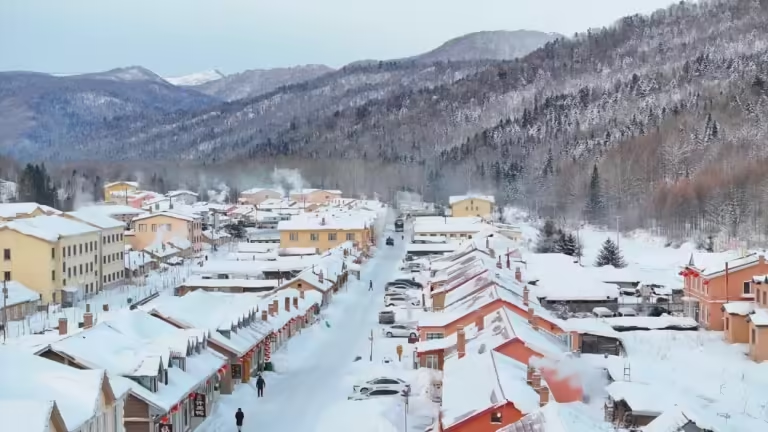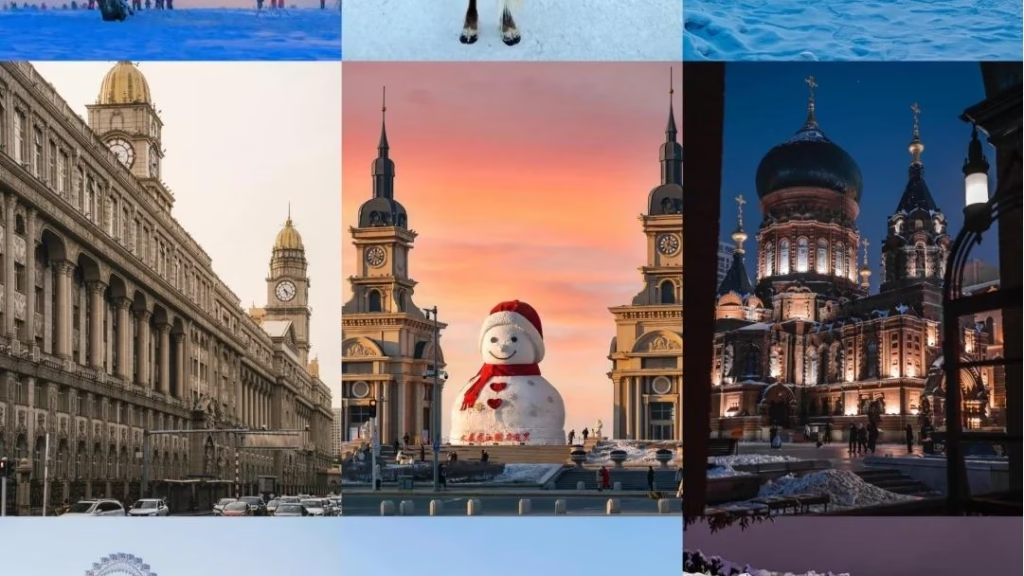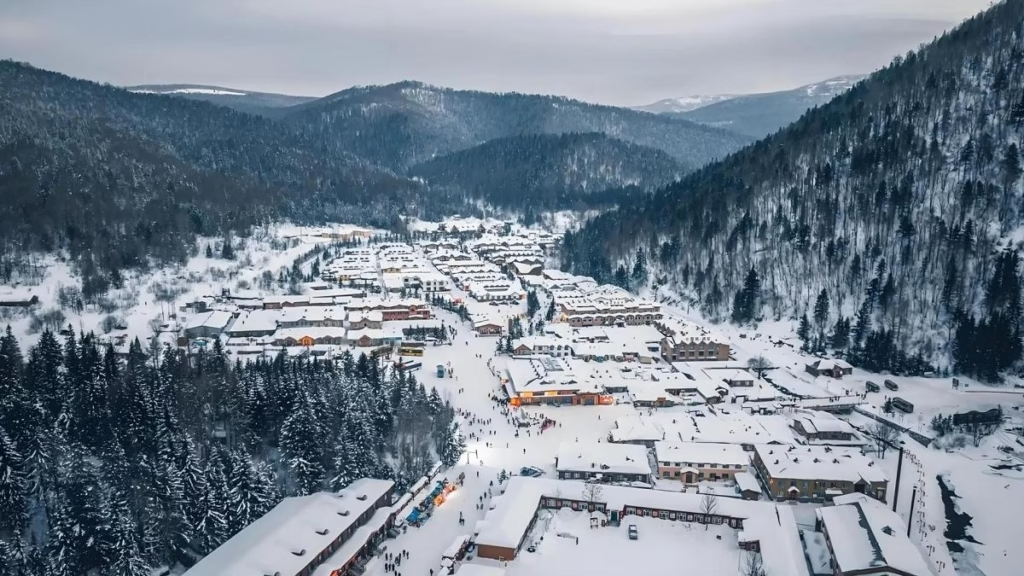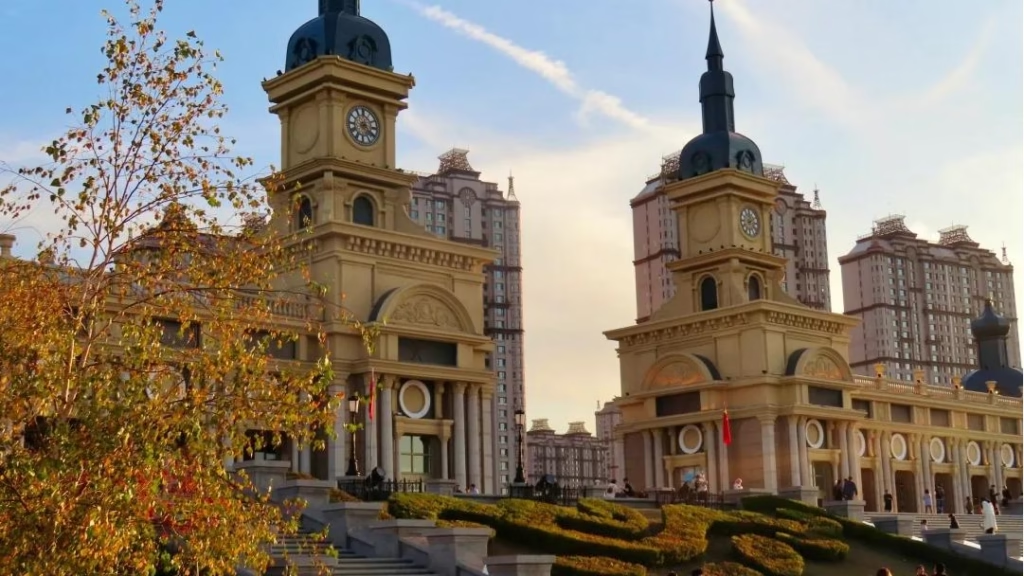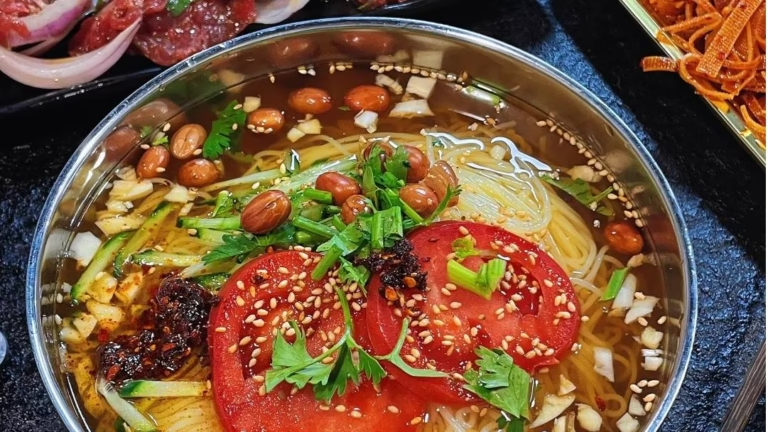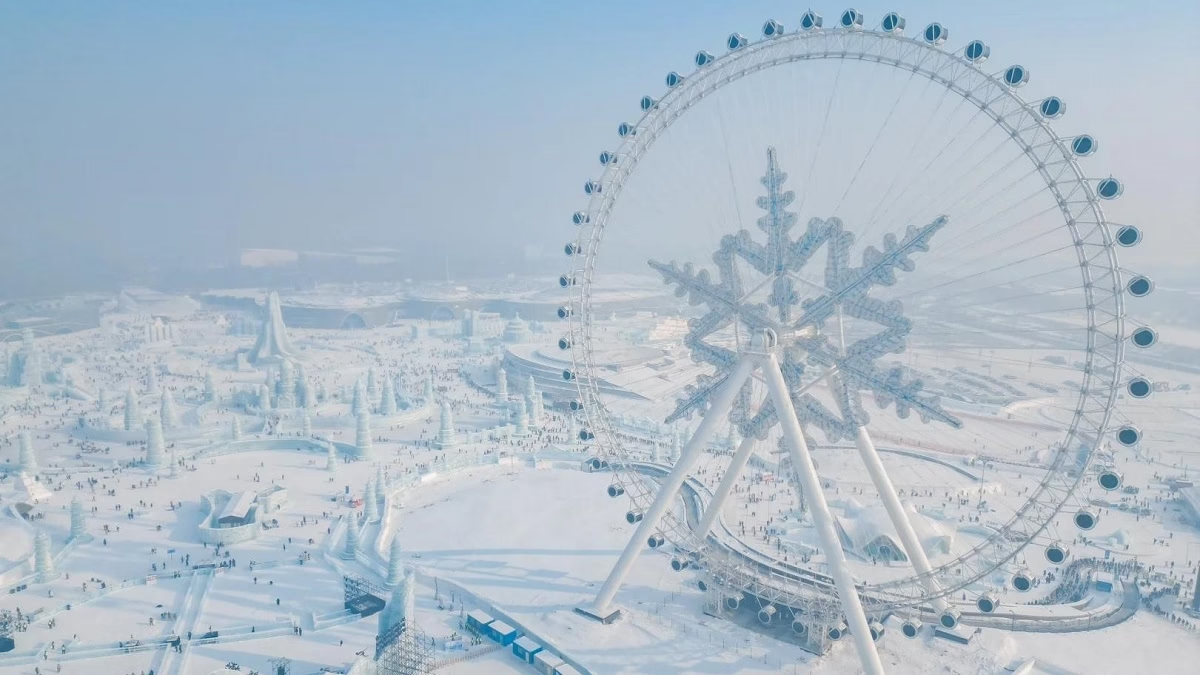
Heilongjiang Province, named after the Heilong River (also known as the Amur River), is the northernmost and easternmost province in China. It is the province with the highest latitude and the furthest east longitude in the country. The Heilong River forms a significant water and land border with Russia, stretching for approximately 3,000 kilometers. As a result, Heilongjiang has a unique cultural landscape, with many Russians having settled in the region, adding to its distinctive exotic charm.
When people think of Heilongjiang, the first impression that comes to mind is usually one word: cold! The province experiences long, harsh winters, with most areas covered by snow for half the year. Temperatures can drop to as low as -30°C on certain days, creating a truly wintry environment. This extreme cold has given rise to incredible natural landscapes, with activities like skiing, ice skating, and ice sculpture viewing being very popular. In winter, the famous Harbin Ice Festival showcases stunning ice sculptures, drawing visitors from around the world.
However, during the summer, Heilongjiang offers a refreshing contrast to the hot and humid southern regions of China. The province is home to numerous rivers, lakes, and vast forests, making it an ideal retreat for those seeking to escape the summer heat.
Most Popular Heilongjiang Attractions
Tourist Attractions in Heilongjiang Cities
Detailed Heilongjiang Itineraries
Best Time to Visit Heilongjiang
Heilongjiang Province has a continental monsoon climate, with cold, dry winters, hot and rainy summers, and unpredictable spring and autumn seasons. Each season offers a unique natural landscape, making the province an attractive year-round destination.
Spring (March to May): In spring, temperatures rise quickly but can fluctuate, making the weather somewhat unpredictable. This is an ideal time to visit indoor attractions such as ancient churches, historical buildings, and memorial halls.
Summer (June to August): Summer in Heilongjiang is pleasantly cool, with an average temperature of around 18°C (64°F), making it a perfect escape from the heat of southern China. This is the best time to explore outdoor attractions like the Wudalianchi Scenic Area or the vast forests in the region.
Autumn (September to October): Autumn is brief but stunning, with temperatures gradually dropping. The end of September is the best time to visit the Greater and Lesser Xing’an Mountains, where the trees burst into brilliant red and yellow colors, creating a spectacular display of fall foliage.
Winter (November to February): Winter in Heilongjiang is long, cold, and dry, with snow covering the land. This is the perfect season for experiencing the province’s northern charm, including activities like ice skating, skiing, and viewing the famous ice sculptures in Harbin. The winter scenery is magical, but visitors should be prepared for the extreme cold and dress warmly for outdoor activities






